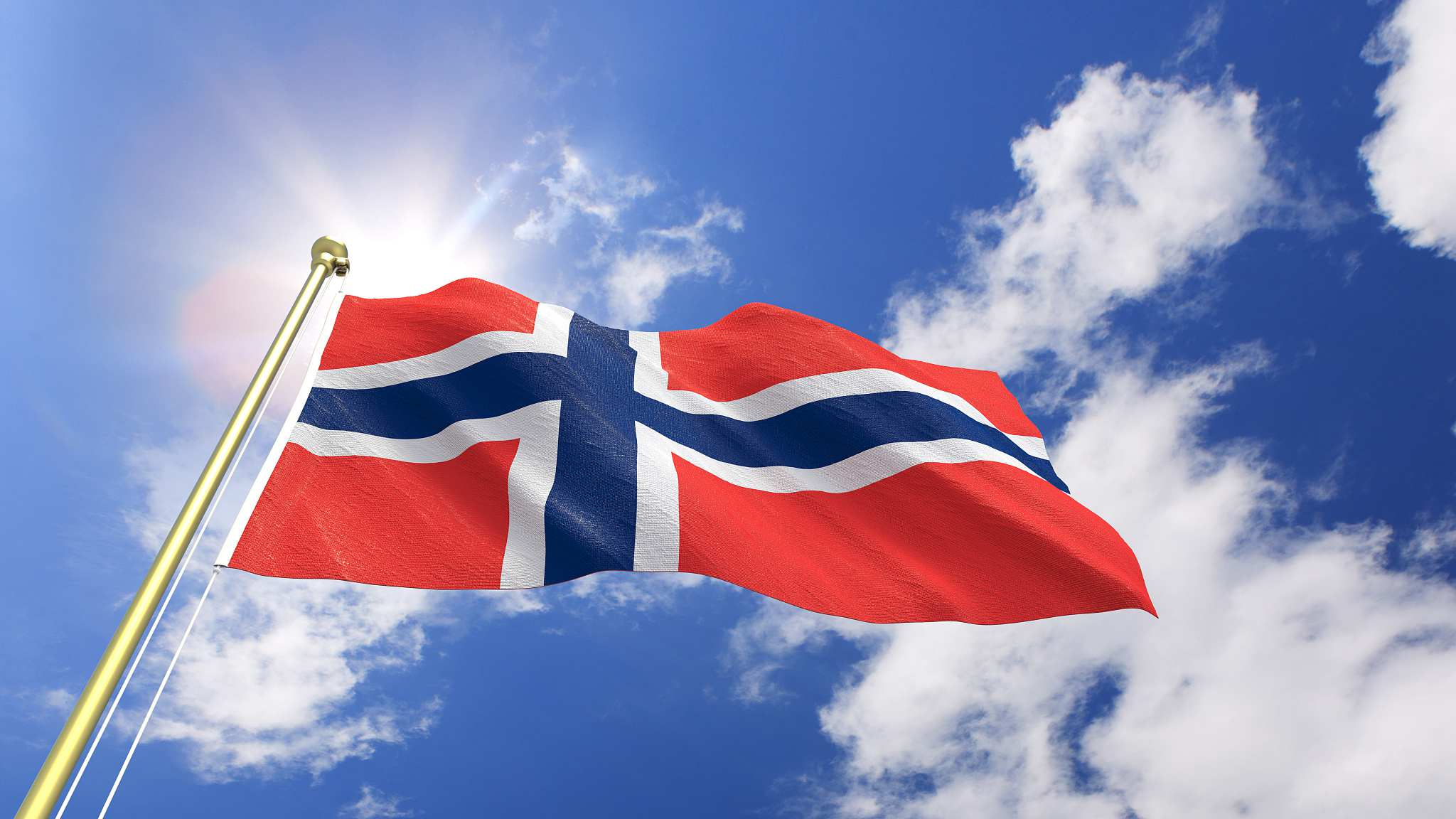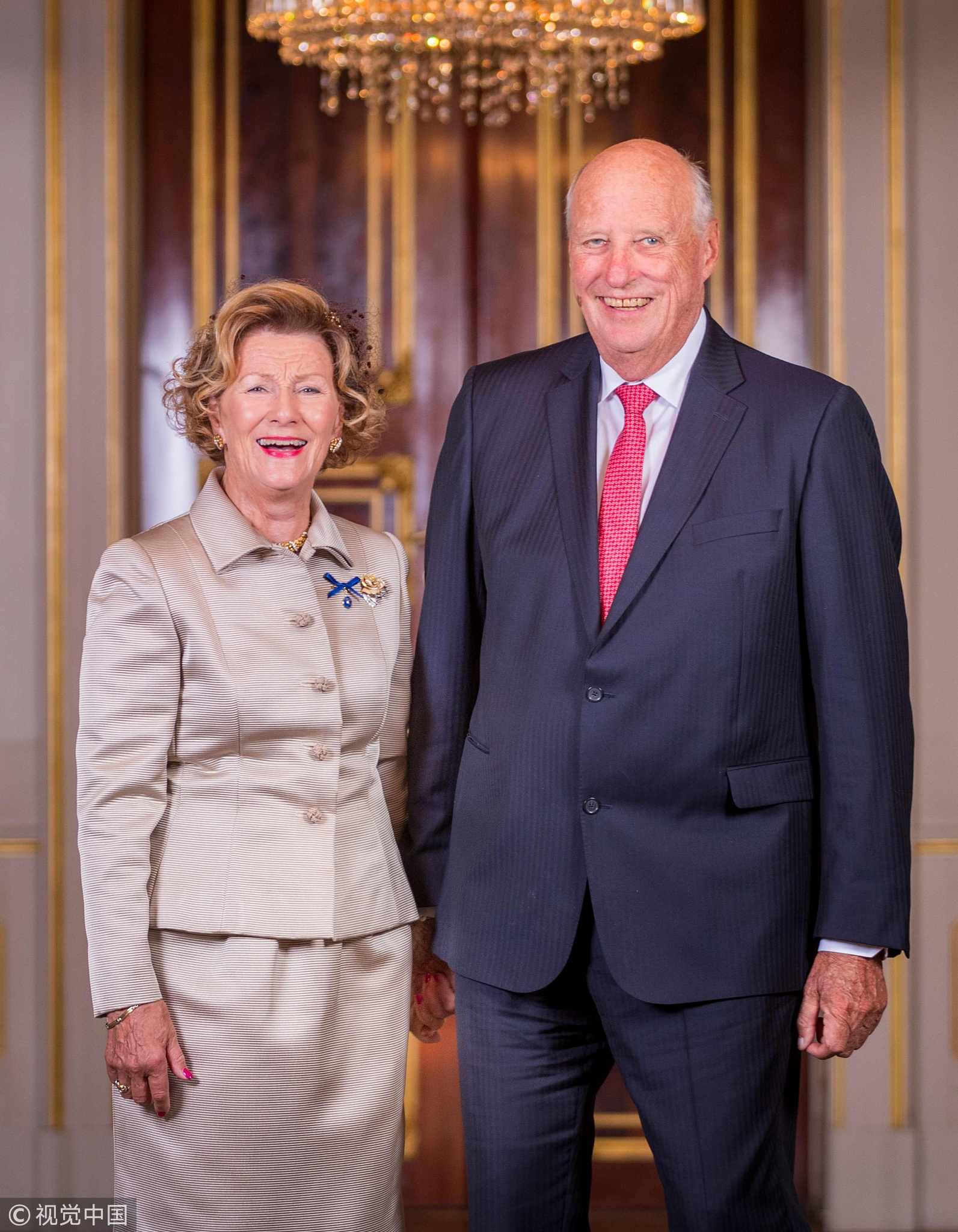
Opinions
10:26, 12-Oct-2018
Opinion: Restored China-Norway ties rife with potential
Updated
09:46, 15-Oct-2018
Shen Shiwei

Editor's note: Shen Shiwei is a research fellow of the Charhar Institute and former government relations and business consultant for Chinese enterprises' overseas investments. The article reflects the author's views, and not necessarily those of CGTN.
With the first state visit of Norwegian King Harald V and Queen Sonja to China since both sides normalized diplomatic ties in December 2016, the 64-year Sino-Norwegian diplomatic relationship stands at a new starting point. At present, their bilateral relations need to be cherished and upgraded to a new level.
Get back on track, then move forward
It is the Norwegian royal couple's fourth visit to China since their first trip in 1985. To be more accurate, the visit witnessed a political and symbolic expression of the deepening relations between China and Norway.
At the invitation of Chinese President Xi Jinping, the Norwegian royal couple's 10-day trip will also take them to Dunhuang in Gansu Province, Shanghai, Changshu and Suzhou in Jiangsu Province.
The restarted Joint Commission on Economy and Trade, an inter-governmental energy and policy dialogue mechanism and the political consultation mechanism, have intensified exchanges between the two sides. China also welcomes Norwegian enterprises and sovereign wealth funds to expand investment in China for mutual benefit.

Norway's King Harald V and Queen Sonja pose for a photo at the Royal Palace as they celebrate their golden wedding anniversary in Oslo, Norway, on August 29, 2018. /VCG Photo
Norway's King Harald V and Queen Sonja pose for a photo at the Royal Palace as they celebrate their golden wedding anniversary in Oslo, Norway, on August 29, 2018. /VCG Photo
As for international cooperation and sustainable development to tackle climate change, China has many productive academic studies on polar scientific exploration and environmental protection within the frameworks of the Arctic Council, China-Nordic cooperation and various others with Norway.
By the end of 2017, China had carried out eight scientific expeditions in the Arctic Ocean, and conducted research for 14 years with the Yellow River Station, whose base is on Svalbard, a Norwegian archipelago in the Arctic Ocean.
Therefore, a long-term and friendly partnership could pave a highway to upgrading the already dynamic Sino-Norwegian cooperation.
Cooperation goes far beyond Norwegian salmon
China is Norway's largest trading partner in Asia, and also has a skyrocketing appetite for fresh salmon consumption.
In 2017, China's consumption of Atlantic salmon was around 90,000 tons. This figure is estimated to break 240,000 tons by 2025. As for the Norwegian fishery industry, its salmon exports to China reached 54.6 million US dollars, up 544 percent year on year. All of this could be attributed to China easing its market access last November. Today, Chinese consumers could enjoy more salmon from Norwegian provinces, namely Sor-Trondelag, Nordland and Troms.

Oslo's scenery./VCG Photo
Oslo's scenery./VCG Photo
With increased online and offline sales channels in China like Hema Fresh, Alibaba Group's online-to-offline food chain, all Atlantic salmon from Norway could be transported by air to China within 72 hours under the direct procurement agreement.
Beyond salmon trade, productive cooperation on marine technology, Atlantic scientific research and a free trade zone (FTA) are also listed among the priorities. A total of 40 commercial agreements will be signed during the Norwegian king's visit. This September, both sides just concluded the 12th round of FTA negotiations in Beijing. All of these will unlock great potential for the dynamic exchange of tourists, investment and trade for both sides. At present, accelerating the FTA with China is one of Norway's top priorities.
Therefore, joining the Royals' visit, a Norwegian business delegation of 340 people representing 140 companies, the largest ever from Norway to China, will seek to expand a business presence. It's certain that both sides are focused on the upcoming China International Import Expo (CIIE) in Shanghai scheduled from Nov. 5 to 10.
Dazzling aurora borealis ignite winter sports
The aurora borealis, or northern lights, near the Antarctic region have attracted many aurora chasers. In recent years, an increased number of Chinese tourists have visited Norway. Their travels will help both sides understand each other more. Of course, business has also grown a lot.
To compete for Chinese tourists with neighboring Finland and Sweden, Nordic payment service provider Nets Group has started cooperating with Chinese online payment platforms such as Alipay to enable stores in Norway and the rest of Scandinavia to accept Chinese mobile payments.
Meanwhile, we know that some Chinese tourists have encountered problems in the Nordic country due to a misunderstanding of formalities, regulations, customs, habits and other reasons. To have a better travel experience, providing necessary information before they get into trouble could be a good option.
Norway is fascinated with its canyon and fiord, and also passionate about winter sports. As for China, the upcoming 2022 Beijing Winter Olympics will inspire greater winter sports participation and inject impetus into this emerging industry. Many global leaders in winter sports brands are gearing up to expand their market share in the world's most populous nation. Also, introducing foreign expertise and developing local talent to improve its prowess on ice and snow is listed in the sports development agenda.
So as a leading nation in winter sports and other sectors, would Norway like to be left behind other strong competitors?
(If you want to contribute and have specific expertise, please contact us at opinions@cgtn.com.)

SITEMAP
Copyright © 2018 CGTN. Beijing ICP prepared NO.16065310-3
Copyright © 2018 CGTN. Beijing ICP prepared NO.16065310-3